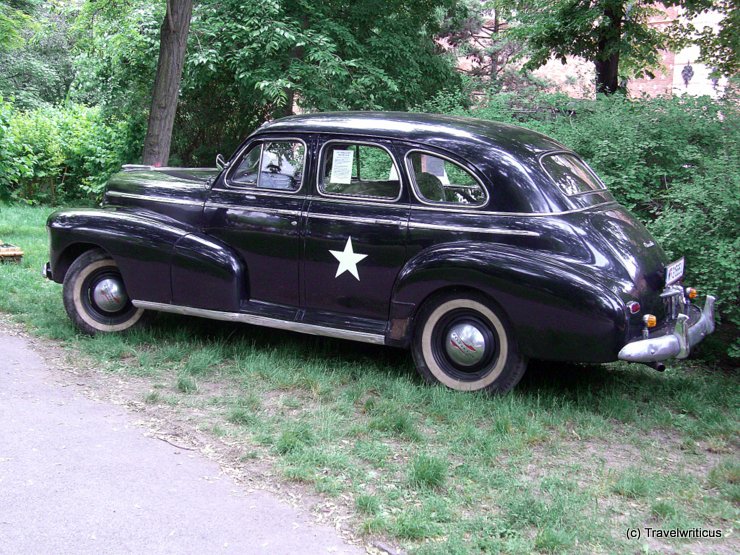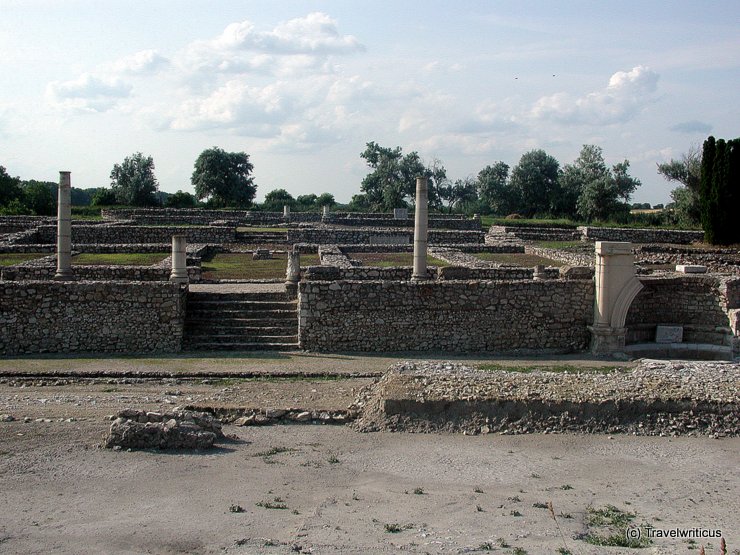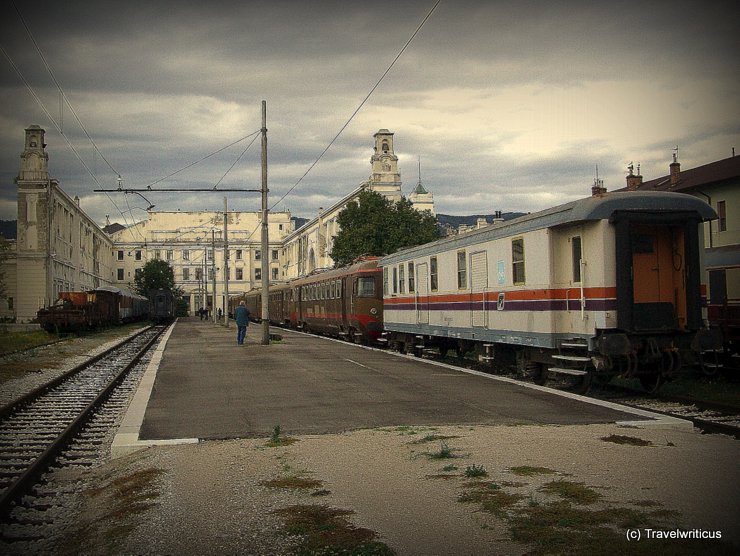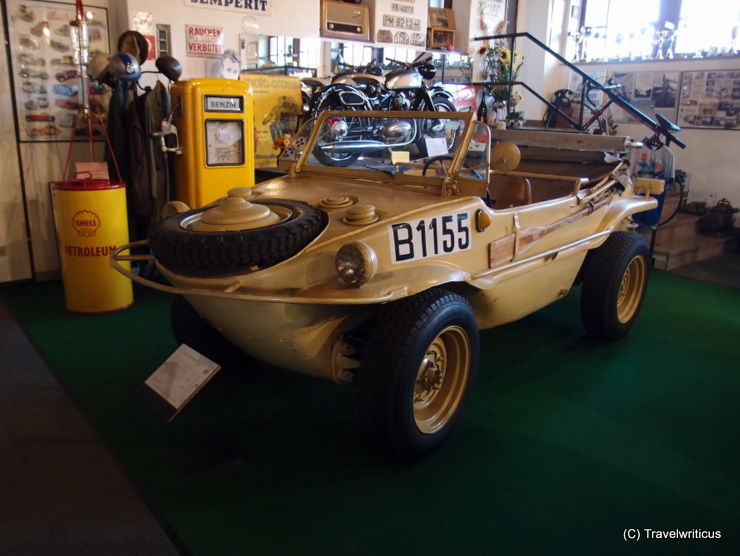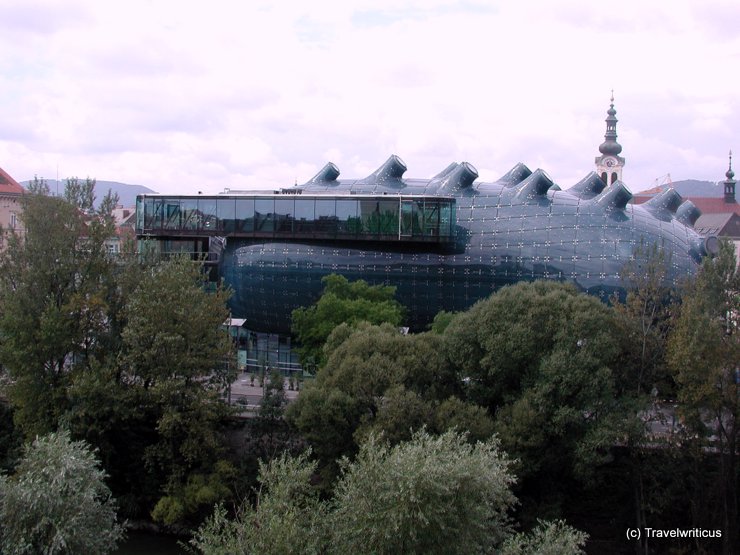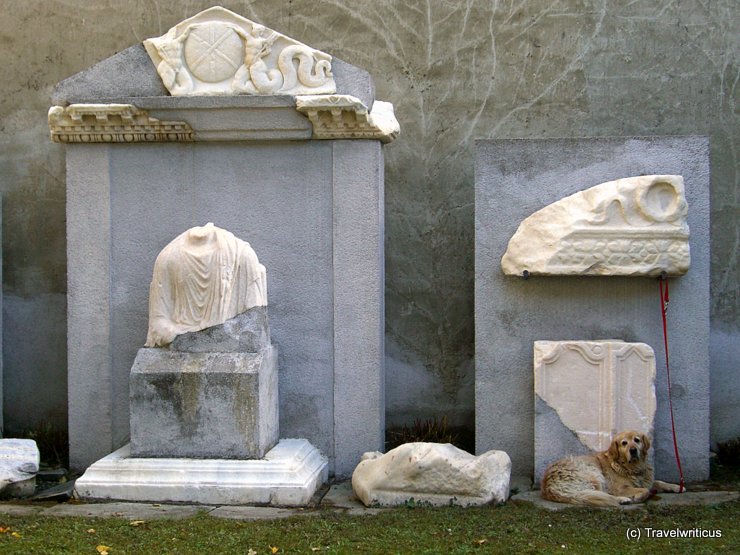
An old pharmacy, a burbling fountain, an empty market square. I experienced this quiet moment in front of a townhouse with a Renaissance façade in the Morovian city of Uherské Hradiště. The building’s diverse structure made me linger longer. [German]
